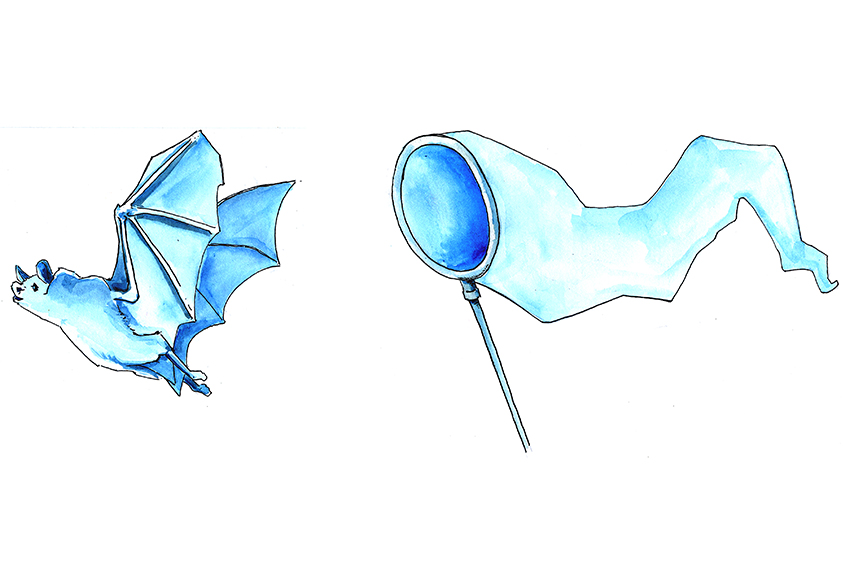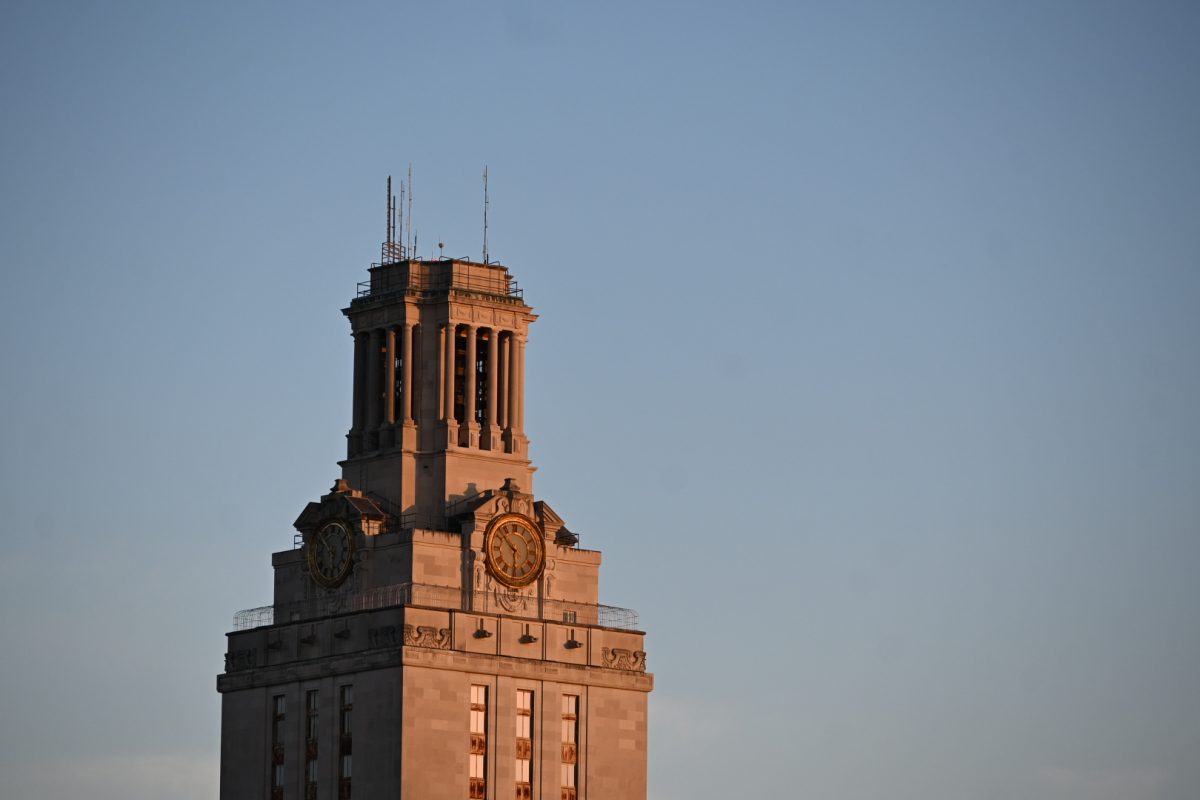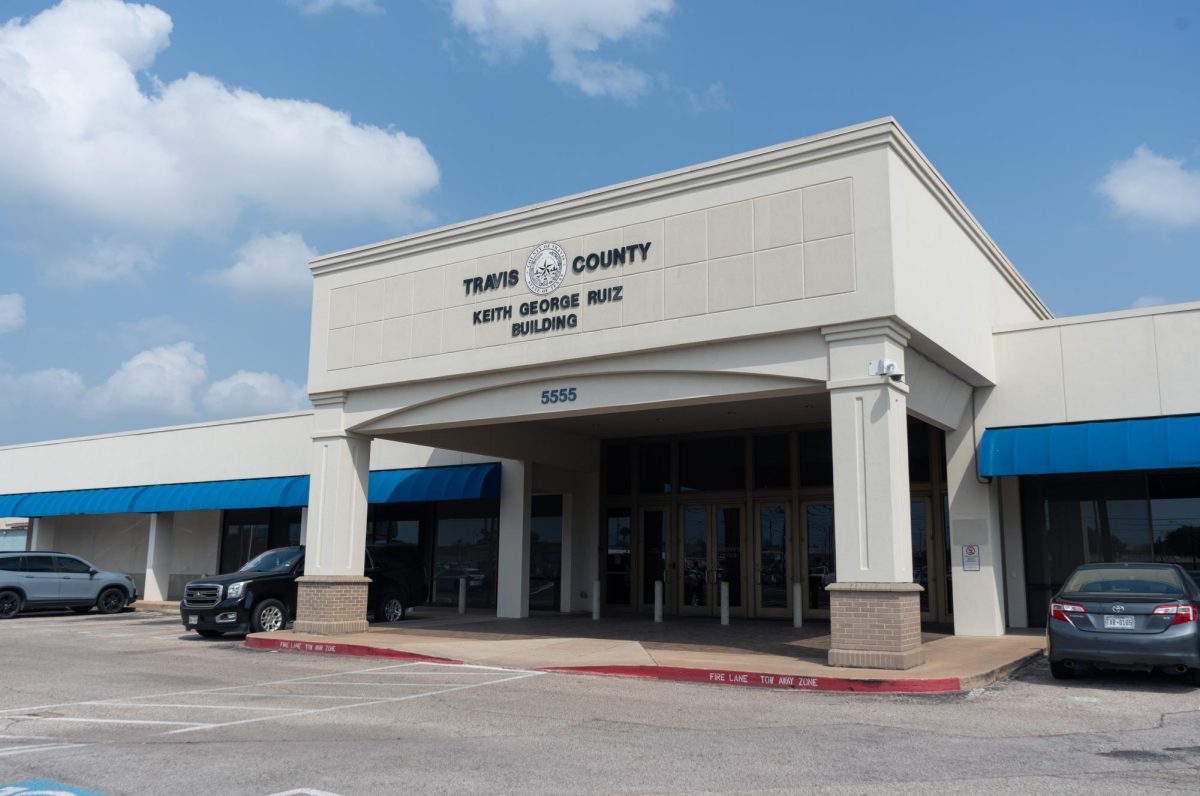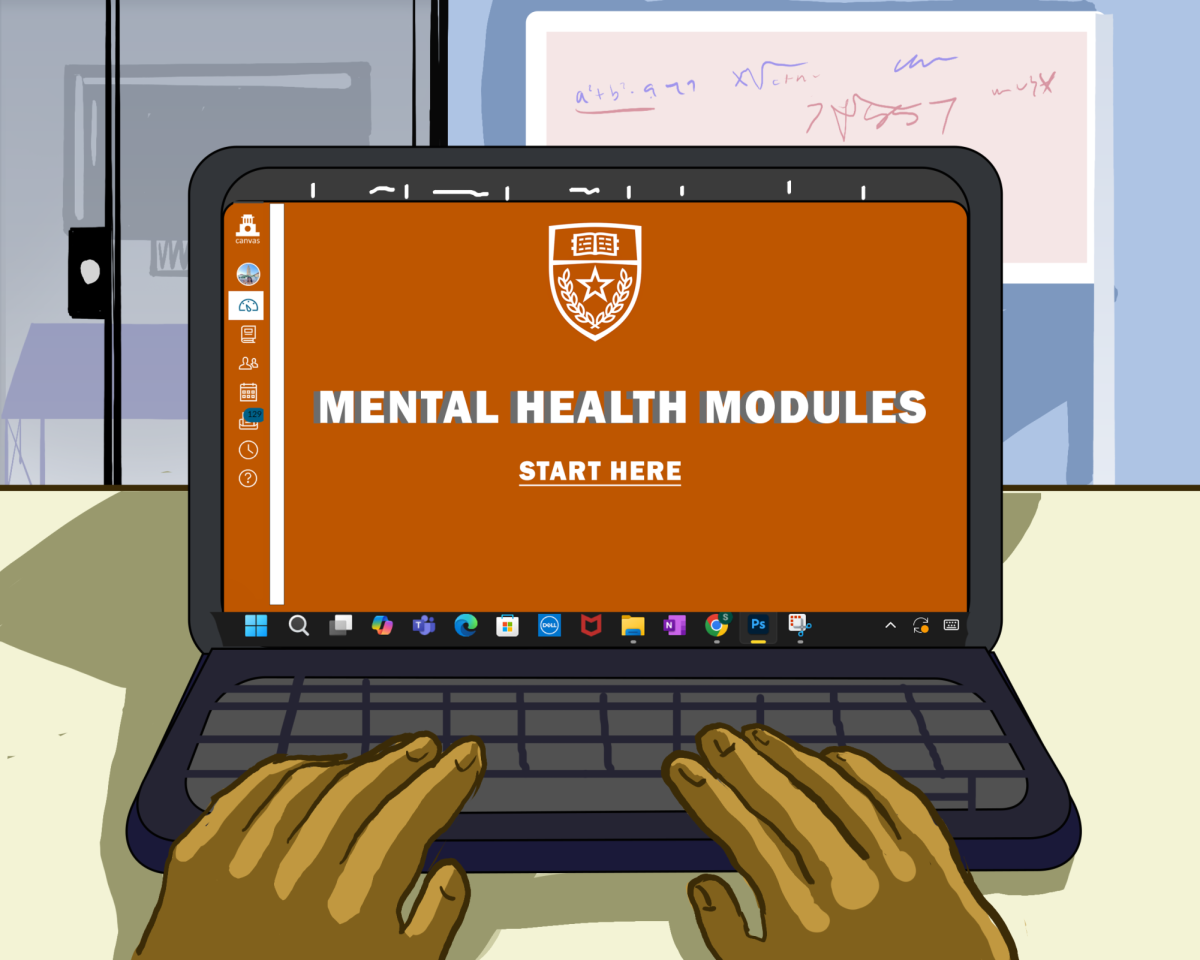With spooky season in full swing, students should look out for bats stuck in campus buildings or injured on the sidewalk.
Every year in October and November, the largest urban bat population in North America consisting of 1.5 million Mexican free-tailed bats begins their winter migration from Austin to Central America and Mexico. The Animal Make Safe program within the UT Office of Campus Safety is available 24/7 to remove and rescue bats.
Carin Peterson, Animal Make Safe training & outreach coordinator, said bats can enter buildings through ventilation ducts, open windows or open doors and can crawl under the cracks of closed doors if their heads fit through the bottom.
“Bats get curious, and they can just get lost,” Peterson said. “They follow airflow patterns, so they may be attracted to something that’s drawing them to that space and then they can’t get out.”
Peterson said if a bat is found sleeping inside a building during the day, an Animal Make Safe staff member will catch the bat with a coffee can and release them at night. If the bat is found flying inside a building, a large net is used to catch the bat. She said one time a flock of bats was found in a basement on campus and this method had to be used to remove them.
If a student encounters a bat, they should never touch them because some have rabies, Peterson said.
“If there is one laying on the ground, somebody might mistake the bat for a leaf or a piece of litter if it isn’t moving,” Peterson said. “Sometimes when people see them crawling, they think it’s a mouse because they’re so small.”
Peterson said the migration periods and the month of June, when baby bats are born, are when Animal Make Safe receives the most calls for rescues. Peterson said after 18 years of targeting and repairing buildings prone to house bats, the overall trend of bats seen in campus buildings has decreased. Injured bats are taken to the Austin Bat Refuge, a nonprofit organization that rehabilitates them.
“The bat arm bones can be broken when people swat at them with an object out of fear,” said Dianne Odegard, director and co-founder of Austin Bat Refuge. “We see wing membrane injuries where they’ll have large holes in the membrane.”
Biology senior Kyndal Irwin, a student animal control officer for Animal Make Safe, said she wears hiking boots to class and carries nets and animal carriers with her because she might get called to save an animal.
Irwin said her favorite bat rescue experience was when she saved an eastern red bat from the UT Tower because the bat had “burnt-orange fur.”
“Saving a bat is so rewarding because I feel like I’m playing a really special role as an Austinite and as a UT student because we share our city with this colony of bats,” Irwin said. “Especially with animals like bats that are very feared, I feel like whenever I save a bat and release them I’m sending out a message to the other bats that there are humans on their side.”
In the event that a bat is found in a building or on the ground, students should call the 24-hour hotline at 512-471-BATS (2287).





















